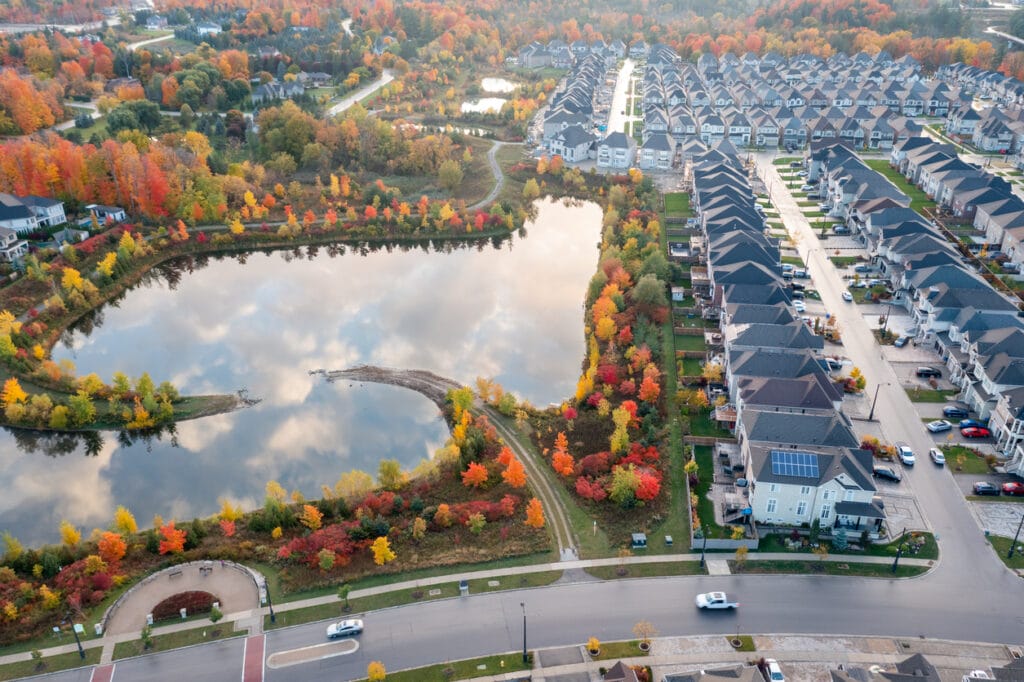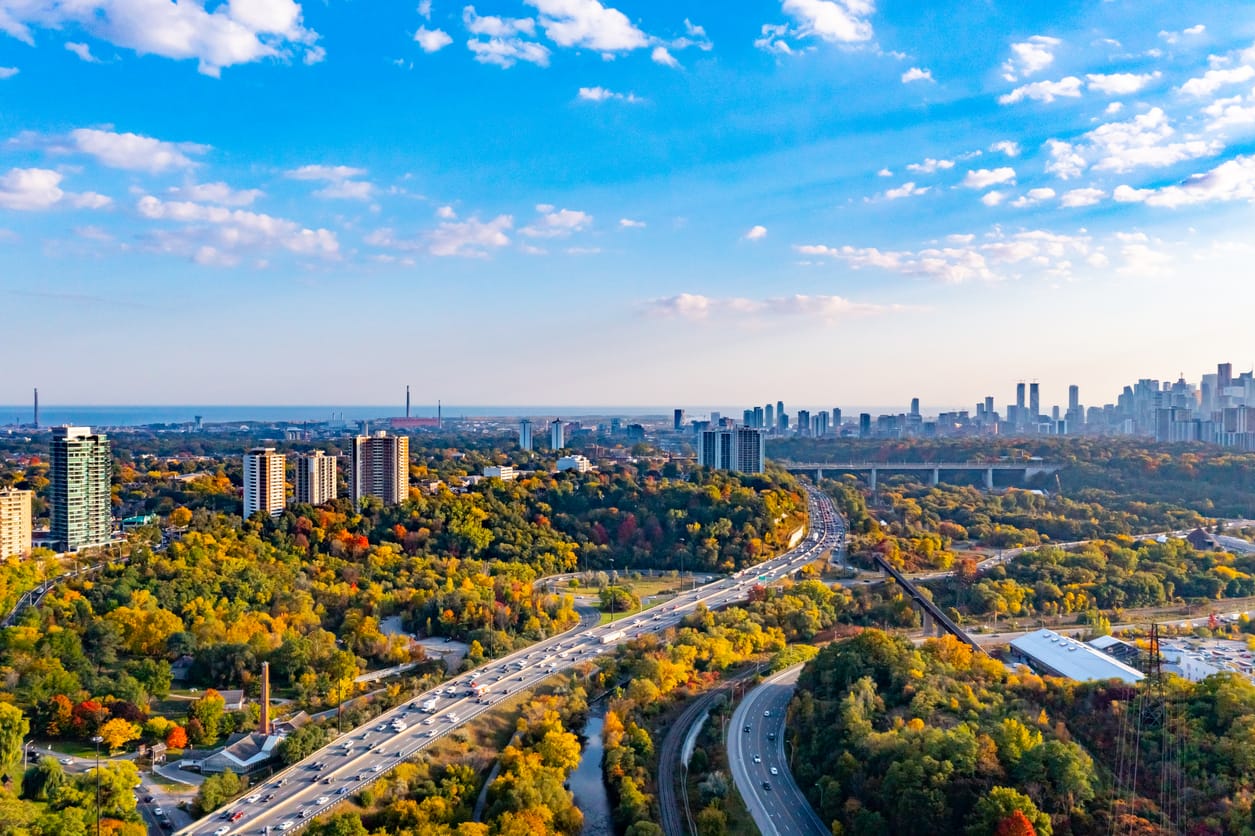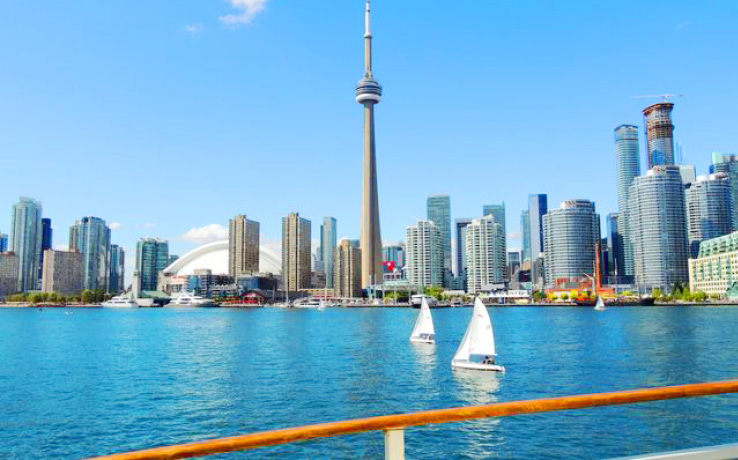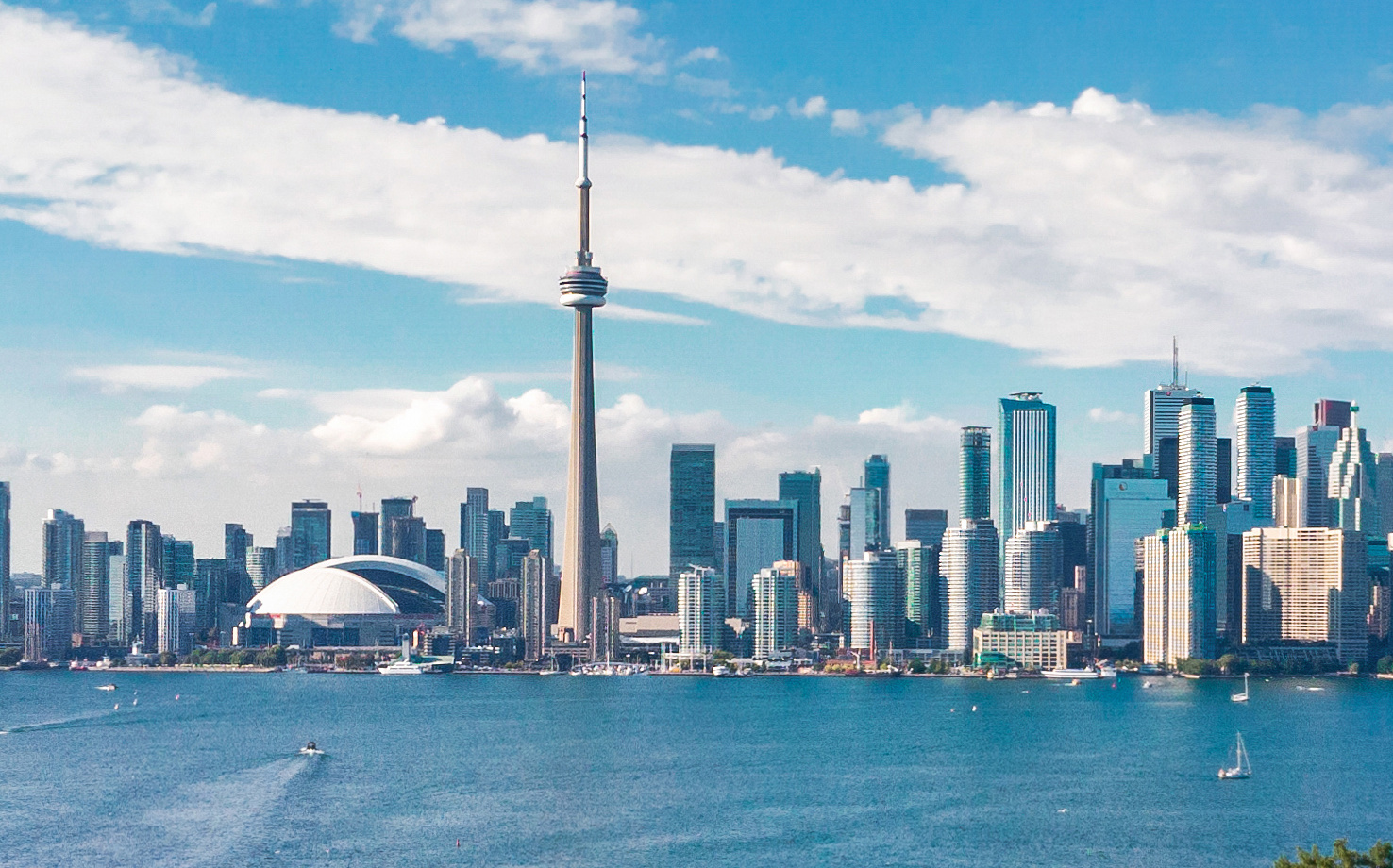Hey there, folks! Welcome to your one-stop-spot for all things Toronto. Today, I thought we could take a little journey into the heart of this incredible city to answer an interesting question – is Toronto flat or hilly?
Toronto, a city bustling with life and famous for its phenomenal food scene, diverse culture, and captivating sports franchises. But today, we move away from the city’s vibrant streets and look into its underlying physical geography – the topography!
There’s always been an amusing debate among people – is Toronto flat or hilly? While some visitors remark about the flat terrain, residents would swear by its hidden valleys and rolling slopes. Fascinating, right? Let’s dive deeper to explore.
Is Toronto flat or hilly?Understanding Topography
To simply put, topography explains the physical features of an area or region, capturing characteristics such as mountains, valleys, plains, and, yes – even buildings and roads in an urban context. These features shape a city’s overall aesthetic and significantly influence its climate, traffic patterns, and architectural choices. For instance, a city with a hilly landscape might have uphill and downhill roads, more staircases, and buildings built on slopes.
The role of topography in urban planning and development is undeniably significant. Here are a few reasons:
• It informs the design of infrastructure and the layout of city streets.
• It helps identify areas prone to natural disasters, allowing for safer urban planning.
• It’s instrumental in the strategic placement of amenities, including parks and recreational areas.
By understanding the topography of a place, city planners can effectively and sustainably design and develop cities like Toronto.
Geological History of Toronto
If we’re going to tackle the mystery of whether Toronto is flat or hilly, it’s crucial to start with a brief peek into its geological history.
Toronto, one of Canada’s most populous cities, has a fascinating geological story. It’s perched on the northwestern shore of Lake Ontario. Geologically, it’s part of the Great Lakes Basin, a region predominantly carved out by glaciers. This city is a blend of flat plains, hilly terrain, and valleys, thanks to glacial activities during the Ice Age.
– The flat areas primarily comprise of sedimentary rock layers, rich in limestone and shale.
– The hilly and valley regions are remnants of ancient river systems, now known as the Oak Ridges Moraine and Toronto Carrying-Place Trail.
One monumental geological event that deeply influenced Toronto’s topography was the last Ice Age. It left in its wake the distinctive flat plains and hilly Moraine areas, shaping the city’s varied landscape as we know it today.
Flat Areas in Toronto
Toronto is an incredibly diverse city, both in terms of its multicultural population and its distinct topography. While the city is famous for its hilly neighborhoods, let’s draw our focus towards identifying the flat areas scattered amongst the undulating terrain.
Identification and Description of Flat Areas in The City
Our journey starts with the expansive flatlands of the Toronto Waterfront, which offers breathtaking views of Lake Ontario. Extending east-west along the lake, it’s a hub for recreational activities. Next, we have the Don Valley area and the city’s downtown core, with its high-rises flattening the general perception of the area.
Factors That Contribute to The Flatness of Certain Regions
The flatness in these regions can be attributed to several factors. These include glacial activities that happened thousands of years ago, erosion, and human activities, such as city planning and construction. These flat zones offer an interesting contrast to the otherwise hilly cityscape, making Toronto a topographic marvel.
Hilly Areas in Toronto
Toronto is a marvelous blend of various topographical features including some hilly regions. Yes, you heard it right! Toronto isn’t as flat as it’s commonly thought to be.
Some of Toronto’s hilly areas include the Oak Ridges Moraine, the Davenport Escarpment, and neighborhoods like Forest Hill. The Oak Ridges Moraine, in particular, is a ridge system that extends over 160 kilometers, making it a prominent part of the city’s topography.
A major contributor to Toronto’s hilly landscape is glaciation. Glacial deposits left behind after the last ice age formed many of the city’s valleys and hills. Human development has also played a part, with urban landscape shaping in certain regions, adding to its undulating terrain.

Final Verdict: Is Toronto flat or hilly?
To summarize, we’ve walked through a variety of areas in Toronto. We’ve seen that the city, founded on a broad, flat plain shaped by Lake Ontario and the Don River, has its fair share of flat regions. However, we’ve also discovered that there are terrain deviations, especially due to features like the Niagara Escarpment and the Oak Ridges Moraine, which bring a chunk of hilliness to the city.
So, is Toronto flat or hilly? Based on the facts we’ve seen, it’s safe to say that the answer isn’t black and white. Toronto certainly has its flatlands, but it also has significant hilly areas. Therefore, depending on where you’re situated in the city, you could experience either terrain. Toronto is a fascinating blend of flat and hilly, making it a unique place to explore for its geographical diversity. Thus, the answer leans more towards Toronto being a mixed terrain city.
Thanks for reading this blog. Check out more blogs like this one here: www.toniagara.com/blog/













